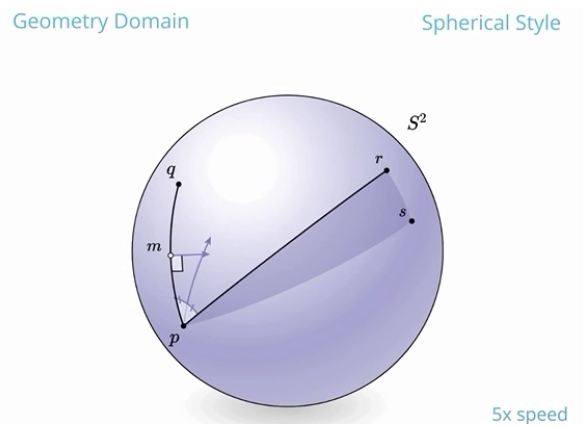Math equations can feel like a banal abstraction without pictures to understand the series of numbers, letters, and Greek symbols. Think about the Pythagorean theorem, a fundamental connection in geometry among three sides of a triangle: a2 + b2 = c2. At the point when the triangle has a right angle, the square of the hypotenuse is consistently equivalent to the whole of the squares of the two shorter sides. However, the average student may miss that mathematical beauty from the equation alone.
So PC researchers at Carnegie Mellon University have manufactured a software tool to interpret the language of numbers into pictures. Named “Penrose,” for the prominent mathematician and physicist Roger Penrose—who is known for ideas like twistor theory—the system goes past the capacities of a graphing calculator. Not only would you be able to include straightforward articulations, but also complex connections from essentially any region of math.
“Some mathematicians have a talent for drawing beautiful diagrams by hand, but they vanish as soon as the chalkboard is erased,” Keenan Crane, an assistant professor of computer science and robotics, said in a prepared statement. “We want to make this expressive power available to anyone.”
Since high-quality diagrams take a lot of monotonous work to produce, making them difficult to find, Crane and his group have gone to diagram-drawing specialists to make the underlying logic for the program, in any event, working out a brand-new programming language only for encoding guidelines in Penrose. So when different clients get to Penrose, they can use familiar mathematical language while the PC crunches the instructions.
“We started off by asking: ‘How do people translate mathematical ideas into pictures in their head?'” Katherine Ye, a Ph.D. student in the Computer Science Department, said in the release. “The secret sauce of our system is to empower people to easily ‘explain’ this translation process to the computer, so the computer can do all the hard work of actually making the picture.”
After a client input how they need the visualization to look—you can choose from a Venn diagram, a 3D Venn diagram, trees, vector points delineated by arrows, points appeared as dots, or constant lines—the PC concocts a couple of competitor diagrams that the client can choose from and edit until they think of the ideal graphic.
The tool won’t be accessible until at some point in July after the analysts present Penrose at the SIGGRAPH 2020 Conference on Computer Graphics and Interactive Techniques, which coordinators are holding essentially one month from now.
Disclaimer: The views, suggestions, and opinions expressed here are the sole responsibility of the experts. No News Feed Central journalist was involved in the writing and production of this article.



